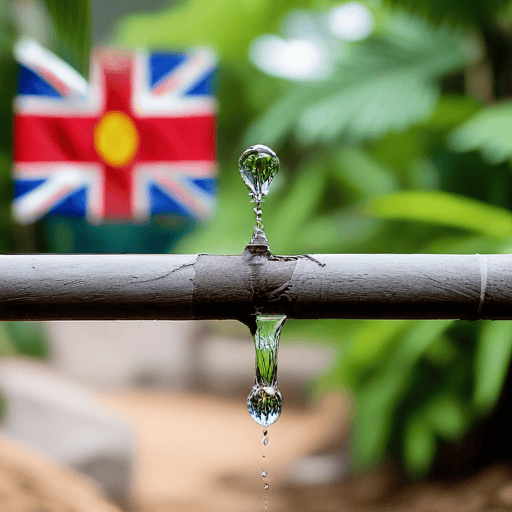Residents of Tamavua and Namadi are demanding a long-term solution to the ongoing water supply problems that have affected their community. Despite the regular occurrence of heavy rainfall, water outages continue to frustrate residents, with the latest disruption taking place last Saturday.
Local residents report that they often receive the same explanations from the Water Authority of Fiji (WAF)—citing low water levels or contaminated water—as the cause of these outages. Epeli Rabua, a long-standing community member, voiced his disappointment, stating, “This never used to happen 15 years ago, but now we sometimes go without water for nearly two weeks.” He further expressed that even during continuous rains, residents are informed that water levels are low or that the water is not safe for consumption, highlighting that the situation has not improved over the years.
Residents also pointed out the daily disruptions that the lack of water causes, affecting their ability to work and manage household responsibilities. Some families in elevated areas have turned to purchasing water tanks and pumps to meet their needs, adding significant financial strain.
Another resident, who chose to stay unnamed, mentioned that although the community has had to adapt to these challenges, there is still considerable frustration when water delivery services fall short of meeting everyone’s needs.
However, there is a hopeful outlook for the future. Minister for Public Works, Transport, and Meteorological Services, Ro Filipe Tuisawau, has highlighted ongoing infrastructure projects designed to alleviate these issues. With the Suva-Nausori corridor requiring 173 million litres of water daily—far above the current supply—a $40 million investment in the Viria Water Treatment Plant is anticipated to boost capacity by an additional 40 million litres per day, thereby accommodating future population growth.
Additionally, the Princes Road Water Infrastructure Project is set to enhance the water supply for elevated areas, including Tamavua, Tacirua, and Khalsa Road. By replacing the existing pumping system with a gravity-fed system, this initiative aims to improve resilience during high turbidity events, ensuring better access to clean water for residents.
Key components of this project will include:
– A 1.43km gravity pipeline connecting from Sawani Junction to the Buresasa Pump Station
– A 5.72km rising main pipeline leading to the Colo-i-Suva Reservoir
– Two steel tank reservoirs at Colo-i-Suva, each with a capacity of 5 million litres
– A 4.58km gravity pipeline from Colo-i-Suva to Khalsa Road Junction
Residents are optimistic that these developments will finally resolve the long-standing issues of unreliable water supply in their area, possibly ushering in a new era of stability and convenience for their daily lives.
This situation reflects not only the challenges faced by community members but also the proactive steps being taken by authorities to address them, indicating a positive path towards improving essential services in the region.

Leave a comment